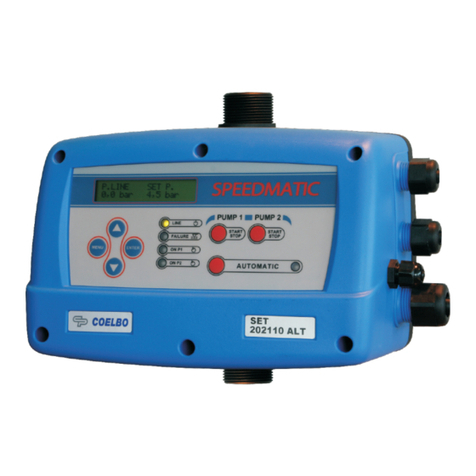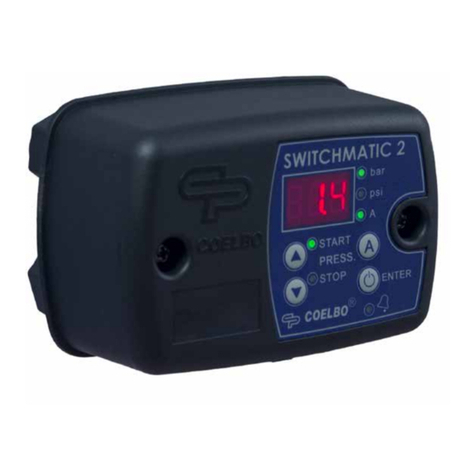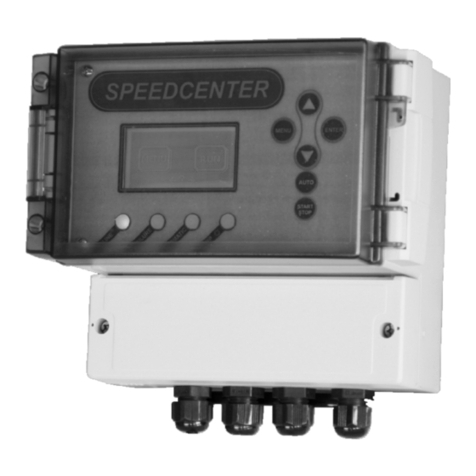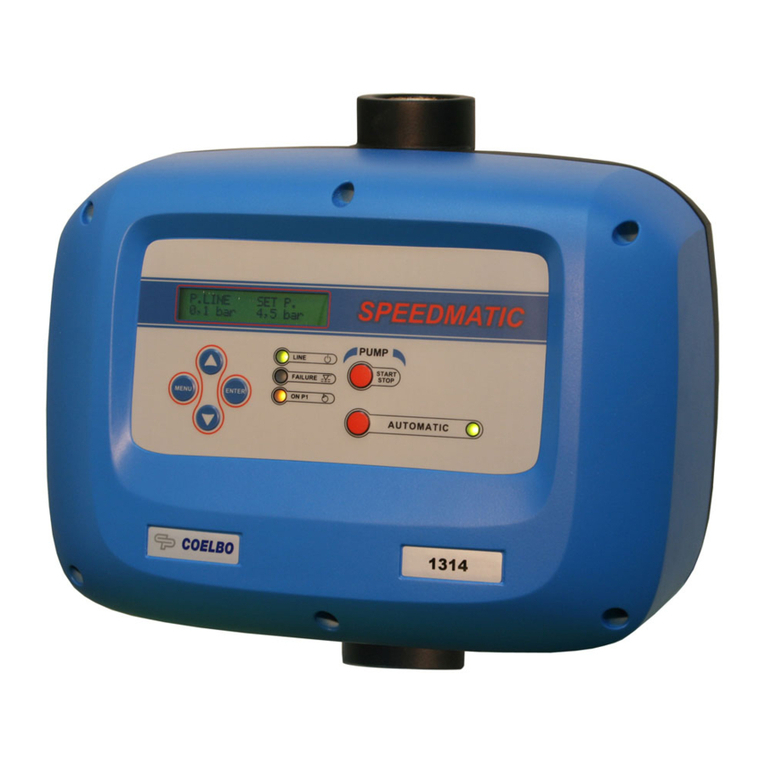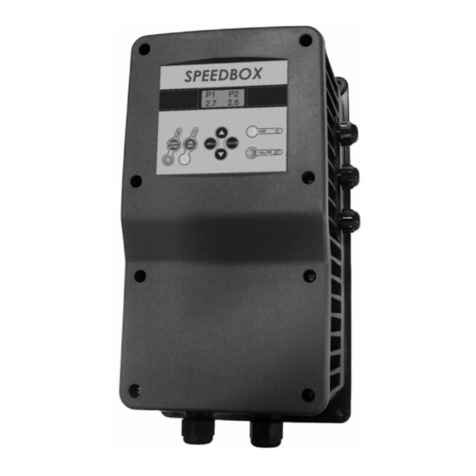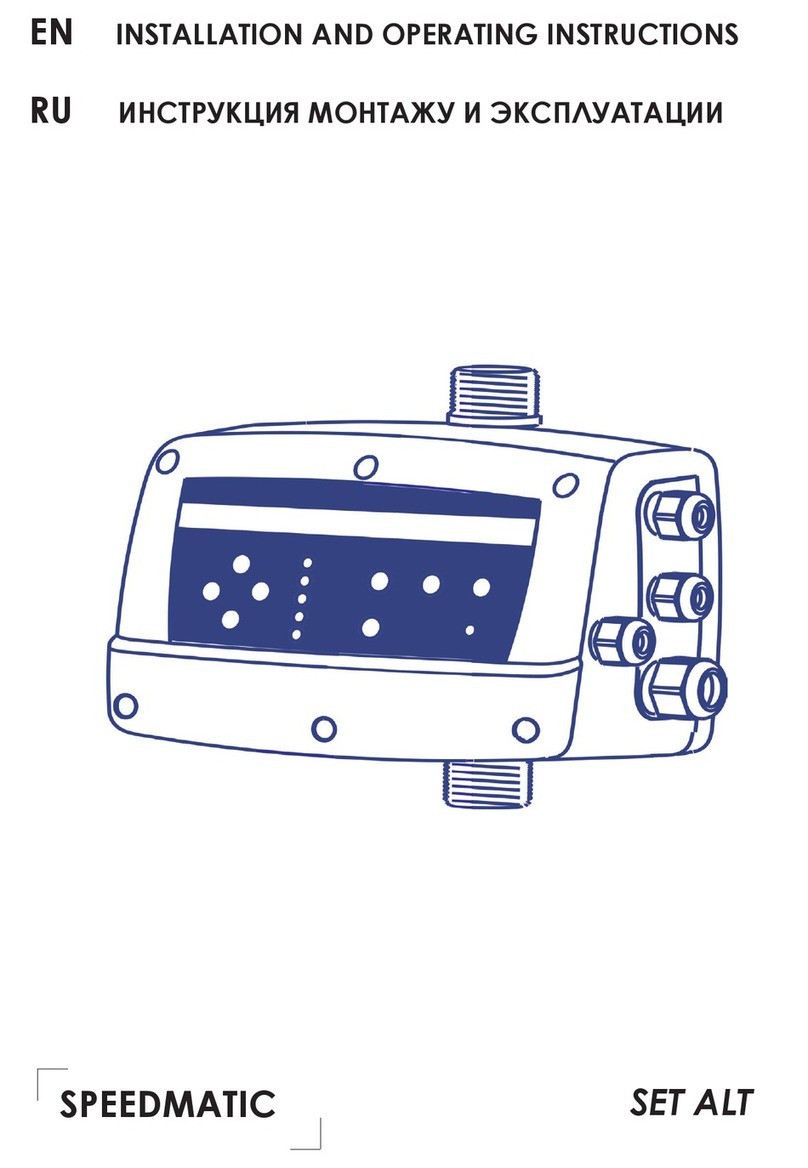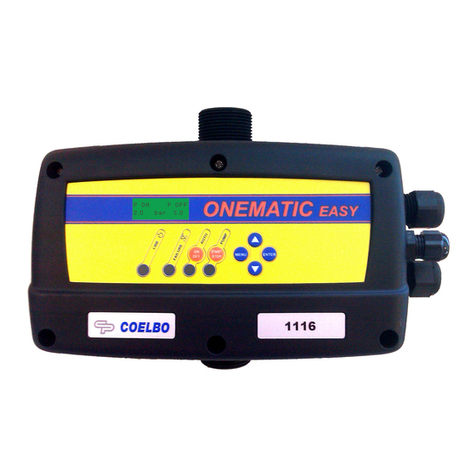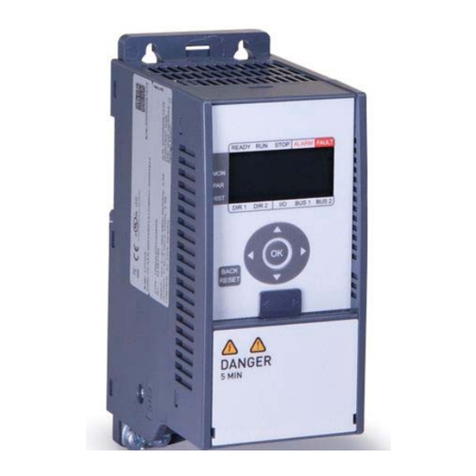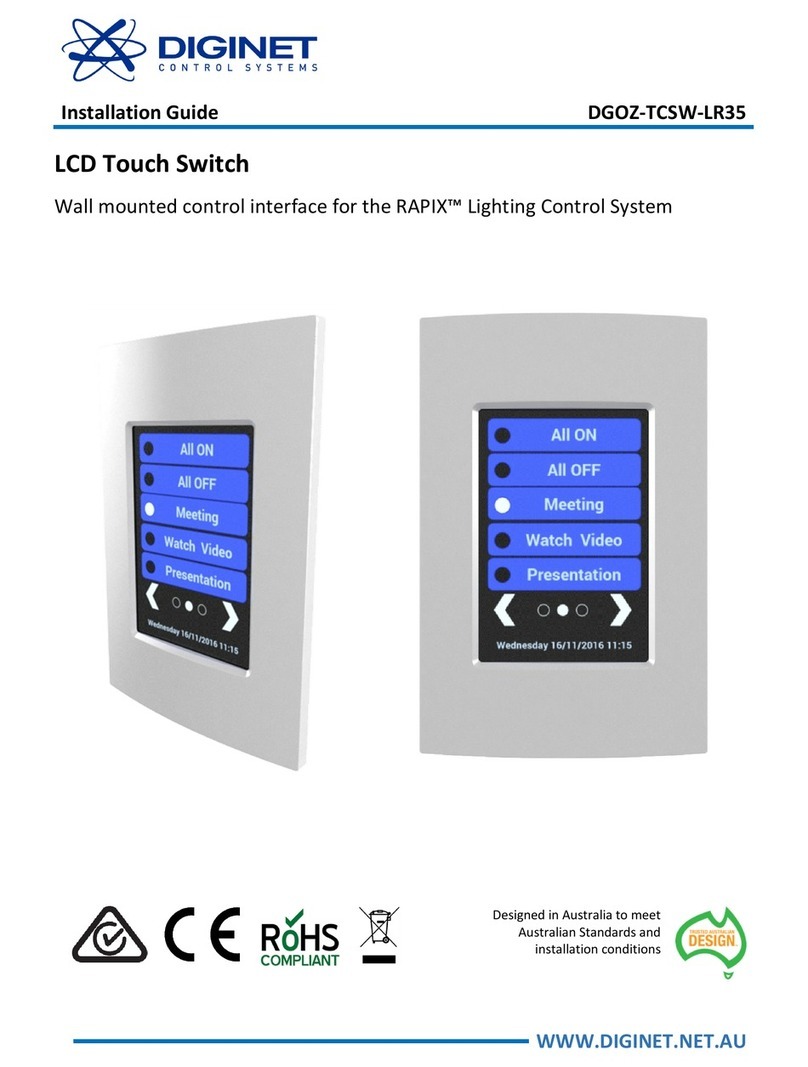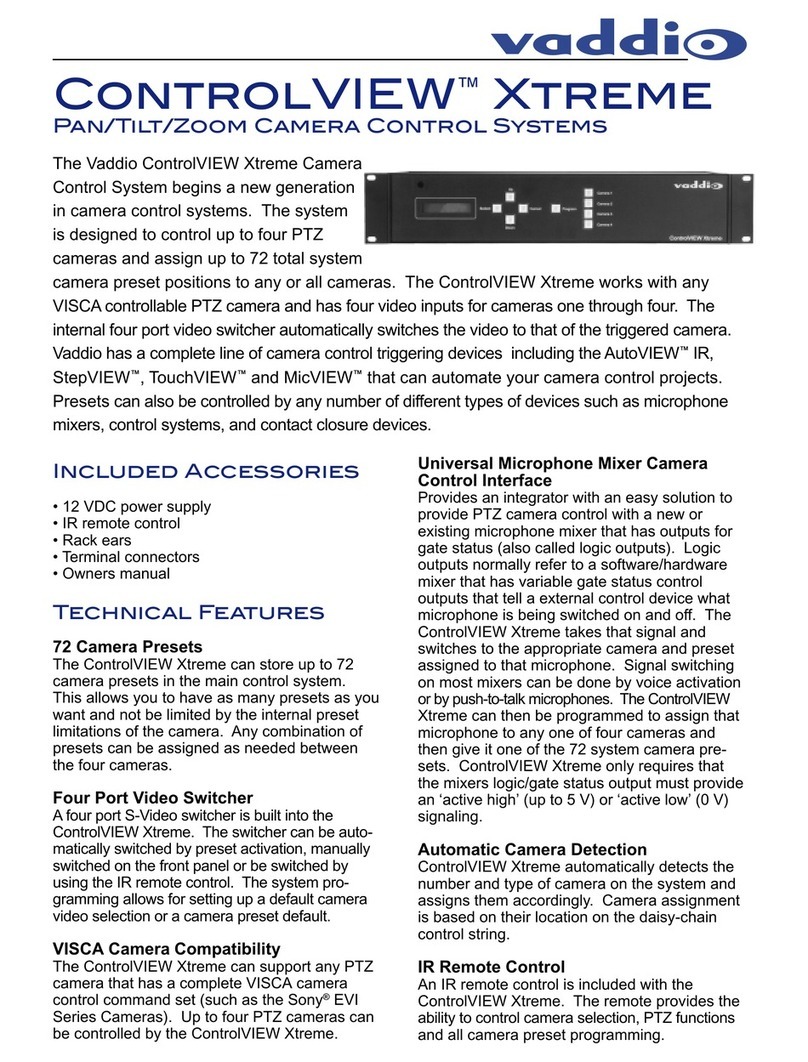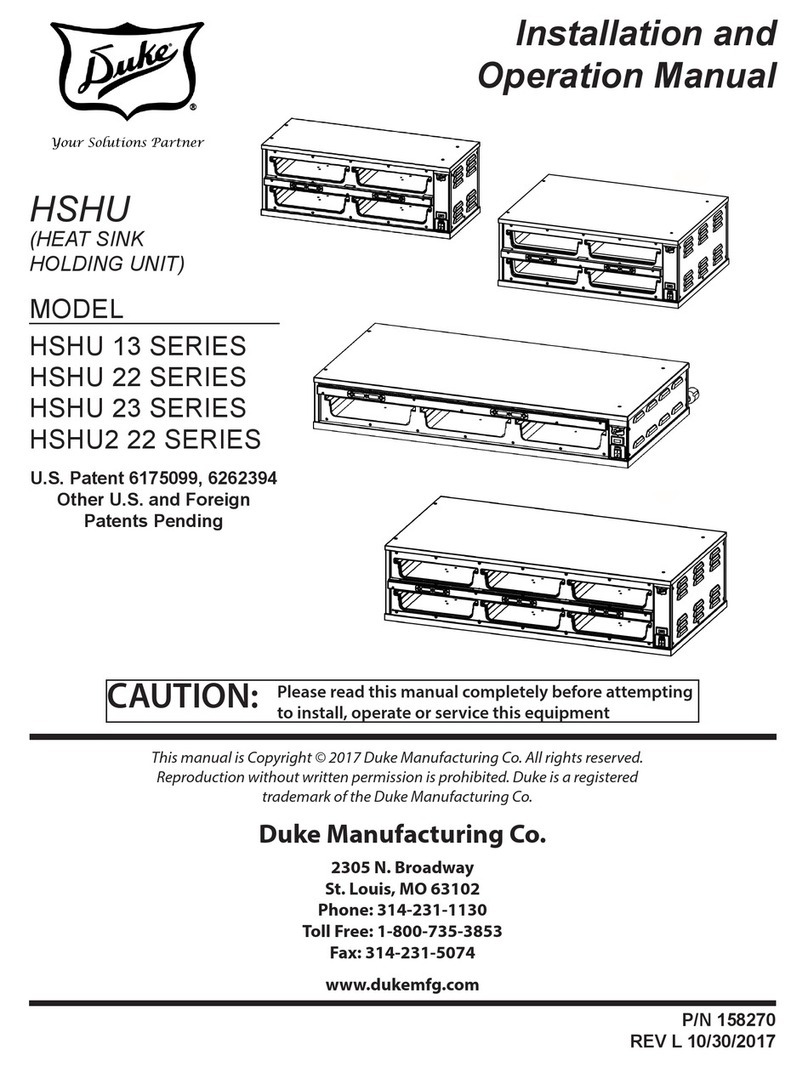
- 3 -
ES GARANTÍA, RECOMENDACIONES Y
GENERALIDADES
El producto tiene una garantía de 2 años a partir de la
fecha de fabricación del
producto.
El fabricante no se hará responsable de la garantía del
producto en caso de una instalación o manipulación
inadecuada.
Lea atentamente este manual para realizar la instalación
del producto.
No deseche el manual después de haber realizado las ope-
raciones de instalación, puede ser útil para cualquier mo-
dicación de dicha instalación, así como para solucionar
cualquier problema posterior como alarmas de seguridad,
alarmas por falta de agua, etc.
La instalación tanto hidráulica como eléctrica tiene que ser
realizada por personal cualicado respetando las prescrip-
ciones de seguridad así como las normativas vigentes de
cada país.
Para la instalación eléctrica se recomienda utilizar un
interruptor diferencial de alta sensibilidad: IΔn = 30 mA
(clase A o AC). Se recomienda utilizar un magnetotérmico
dimensionado en proporción a la potencia de la bomba.
Se recomienda utilizar una línea eléctrica independiente,
con la nalidad de evitar posibles interferencias electro-
magnéticas que puedan crear alteraciones no deseadas
en aparatos electrodomésticos de la instalación.
ATENCIÓN, antes de realizar cualquier manipulación en el
interior del aparato, deberá ser desconectado de la red
eléctrica y se esperará un mínimo de 2 minutos después de
la desconexión para evitar posibles descargas eléctricas.
IT GARANZIA, RACCOMANDAZIONI E
GENERALITÀ
Il prodotto ha una garanzia di 2 anni dalla data di fabbri-
cazione del prodotto.
Il fabbricante non si responsabilizza della garanzia del
prodotto nel caso d’una installazione o manipolazione
incorretta.
Leggere attentamente questo manuale per fare
l’installazione del prodotto.
Non gettare il manuale dopo avere realizzato le opera-
zioni di installazione, può essere utili per qualsiasi modica
nell’installazione, anche per risolvere qualche posteriore
problema come allarme di sicurezza, allarme per mancan-
za d’acqua, ecc.
L’installazione sia idraulica sia elettrica deve essere fatta
per personale qualicato rispettando le prescrizzioni di sicu-
rezza e perno le normative vigenti per ogni paese.
Per l’installazione elettrica è raccomandabile usare un
interruttore diferenziale di alta sensibilità: IΔn = 30 mA (clase
A o AC). È raccomandato usare un magnetotermico
dimensionato in proporzione alla potenzia dalla pompa. È
raccomandato usare una linea elettrica indipendente, con
la nalità di evitare possibili interferenze elettromagnetiche
che possano creare alterazioni non desiderate su apparec-
chi elettrodomestici dell’installazione.
ATTENZIONE, in caso che si deva effettuare qualche
manipolazione interna nel circuito elettronico, posteriore al
funzionamento di questo, si dovrà mettere fuori dalla rete
elettrica ed attendere un minimo di 2 minuti per evitare
qualsiasi scarica elettrica.
EN WARRANTY AND RECOMMEN-
DATIONS
The product is guaranteed the rst 2 years after its produc-
tion date.
This guarantee does not include damages in case of an
inadequate installation or manipulation.
Read carefully this instructions manual before installation.
Do not throw away this manual afer installation, it can be
usefull for later modications or for solving the different
types of alarms.
Hydraulic and electrical installations must be set up by
qualied personnel according to the safety prescriptions
as well as the standards and legislation of every country.
When carrying out the electrical connection it is recom-
mended to use a differential switch of high sensitivity: IΔn
= 30 mA (clase A o AC). It must be used magnetothermic
switch dimensioned according to the power of the pump.
It is recommended to use an independent electrical line,
with the purpose of avoiding electromagnetic interferen-
ces that could create nonwished alterations in household
electronic devices.
WARNING, before doing any maintenance inside the devi-
ce, it must be unplugged from the electric supply and wait
a minimum of 2 minutes after the disconnection to avoid
electrical discharges.
FR GARANTIE RECOMMANDATIONS ET
GÉNÉRALITÉ
Le produit a une garantie de 2 années depuis de la date
de fabrication du produit.
Le fabricant ne se fera pas responsable de la garantie du
produit en cas d´une installation ou d´une manipullation
inadéquate.
Lisez avec attention ce manuel pour effectuer l´installation
du produit.
Ne rejetez pas le manuel après avoir effectué les opéra-
tions d´installation, il peut être utile pour toute modication
de cette installation, ainsi que pour résoudre quelque
problème postérieur comme alarmes de sécurité.
Les installations hydraulique comme électrique doivent être
effectuée par personnel qualié, il faut suivre les prescrip-
tions de sécurité ainsi que les réglementations en vigueur
de chaque pays.
Ne pas jeter le manuel après avoir réalisé les opérations
d’installation, il peut être utile pour quelque modication
de l’installation, ainsi que pour résoudre tout problème ulté-
rieur tel que les alarmes de sécurité, alarmes pour manque
d’eau, etc.
Pour l´installation électrique on recommande d´utiliser un
interrupteur différentiel de haute sensibilité: IΔn = 30 mA
(classe A ou AC). Nous recommandons d’utiliser une mag-
nétothermique de dimensions en proportion à la puissance
de la pompe. On recommande, aussi,d´utiliser une ligne
électrique indépendante, an d´éviter de possibles interfé-
rences électromagnétiques qui peuvent créer des
modications non souhaitées dans des appareils électro-
ménagers de l´installation.
ATTENTION, avant d´effectuer toute manipulation dans
l´appareil, il devra être deconnecté du réseau électrique et
on attendra un minimum de 2 minutes après le débranche-
ment pour éviter de possibles décharges électriques.

